On Feb. 5, 1866, Congressman Thaddeus Stevens offered an amendment to the Freedmen’s Bureau Bill to authorize the distribution of public land and confiscated confederate land to freedmen and loyal refugees in forty acre lots. (It is important to note that all of this land had been stolen from native nations.) Stevens said:
We have lands there to the extent of more than one hundred million acres, and of more than one hundred million dollars in value. And yet, notwithstanding this, the freedmen have been and are being driven from lands which have been ordered to be confiscated as enemy’s property, and which are covered now with freedmen and villages, school-houses, and churches, which they have built.
Why, sir, General Fisk told me that within the last four weeks he had been compelled reluctantly to return twenty-two million dollars’ worth of property in his district, which had been confiscated and was in the possession of the United States Government.
The measure was defeated in the House by a vote of 126 to 37. Read more in No Pensions for Ex-Slaves: How Federal Agencies Suppressed Movement To Aid Freedpeople by Miranda Booker Perry, National Archives, 2010.
How would conditions in the United States be different today if land had been distributed to those who had created the wealth?
That same week, a delegation led by Frederick Douglass met with President Andrew Johnson to advocate for voting rights for people freed from slavery.
The meeting ended when Johnson reiterated his opposition to Black suffrage. Read the transcript of the meeting at Dickinson College.
Learn more in the Zinn Education Project national report, “Erasing the Black Freedom Struggle: How State Standards Fail to Teach the Truth About Reconstruction,” and find teaching resources below on Reconstruction.

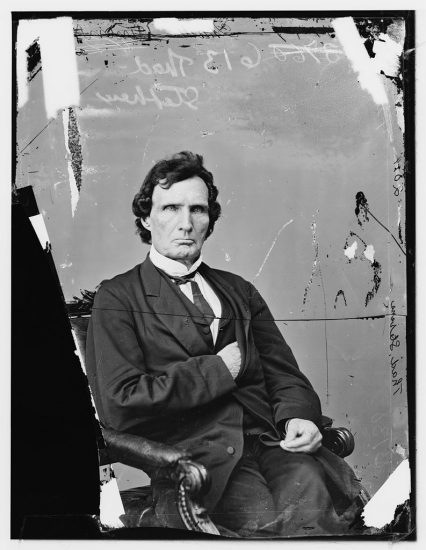
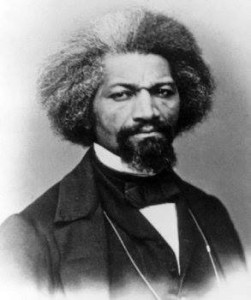
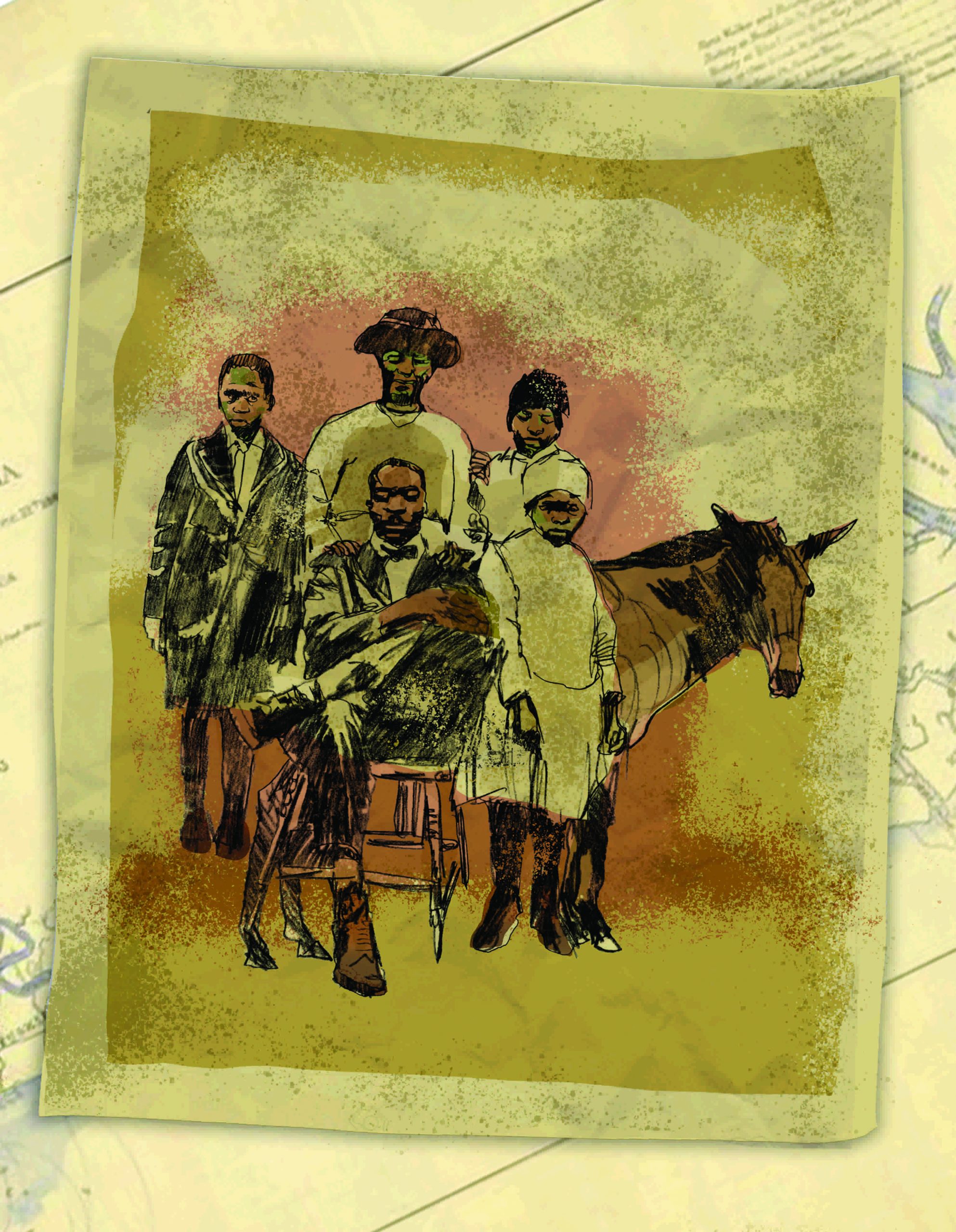
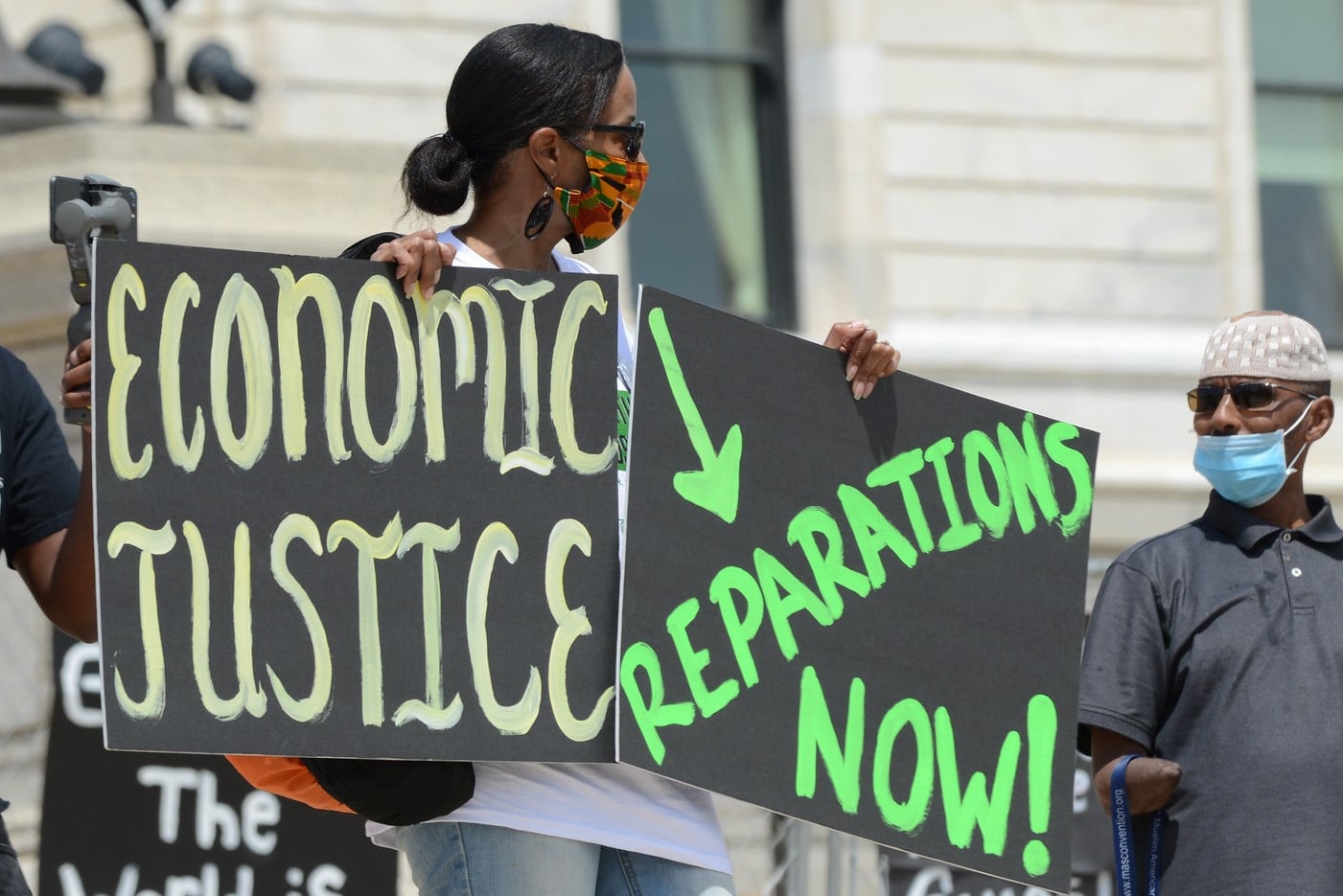
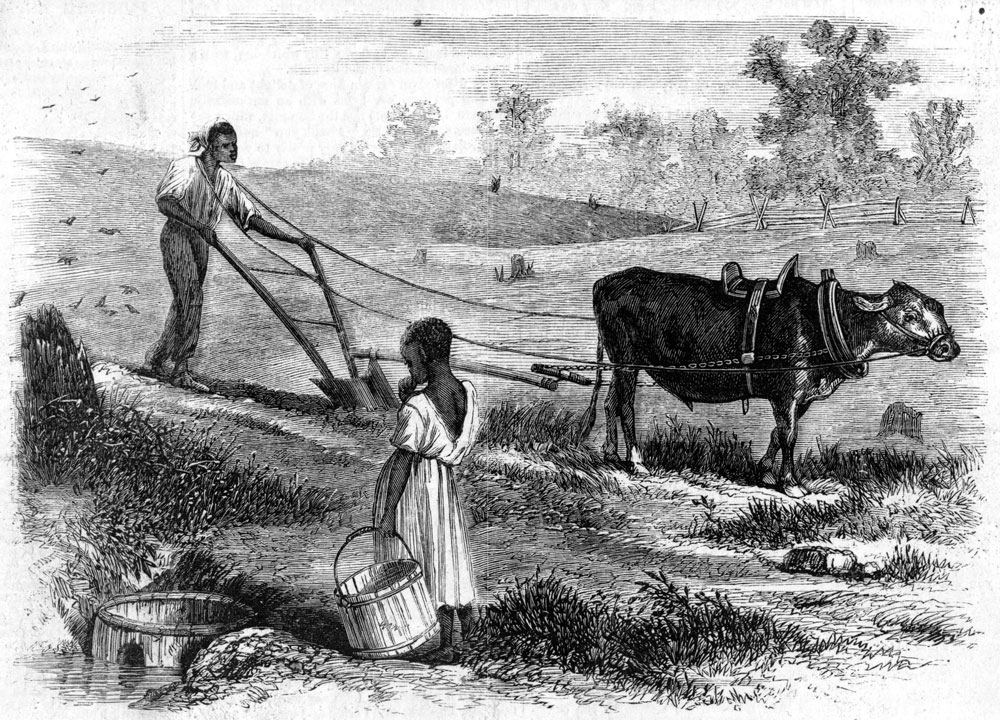
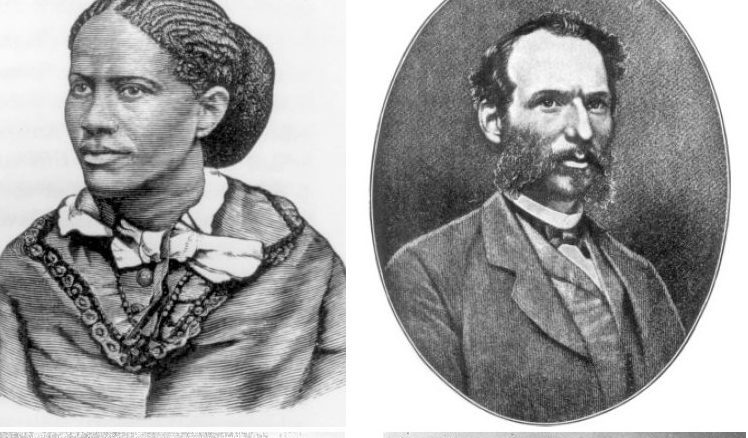
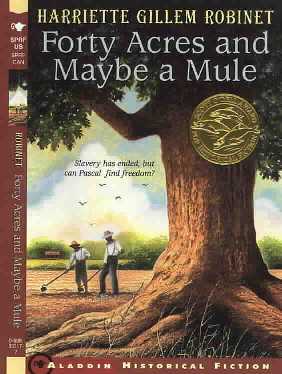

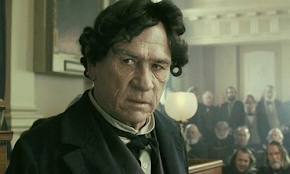
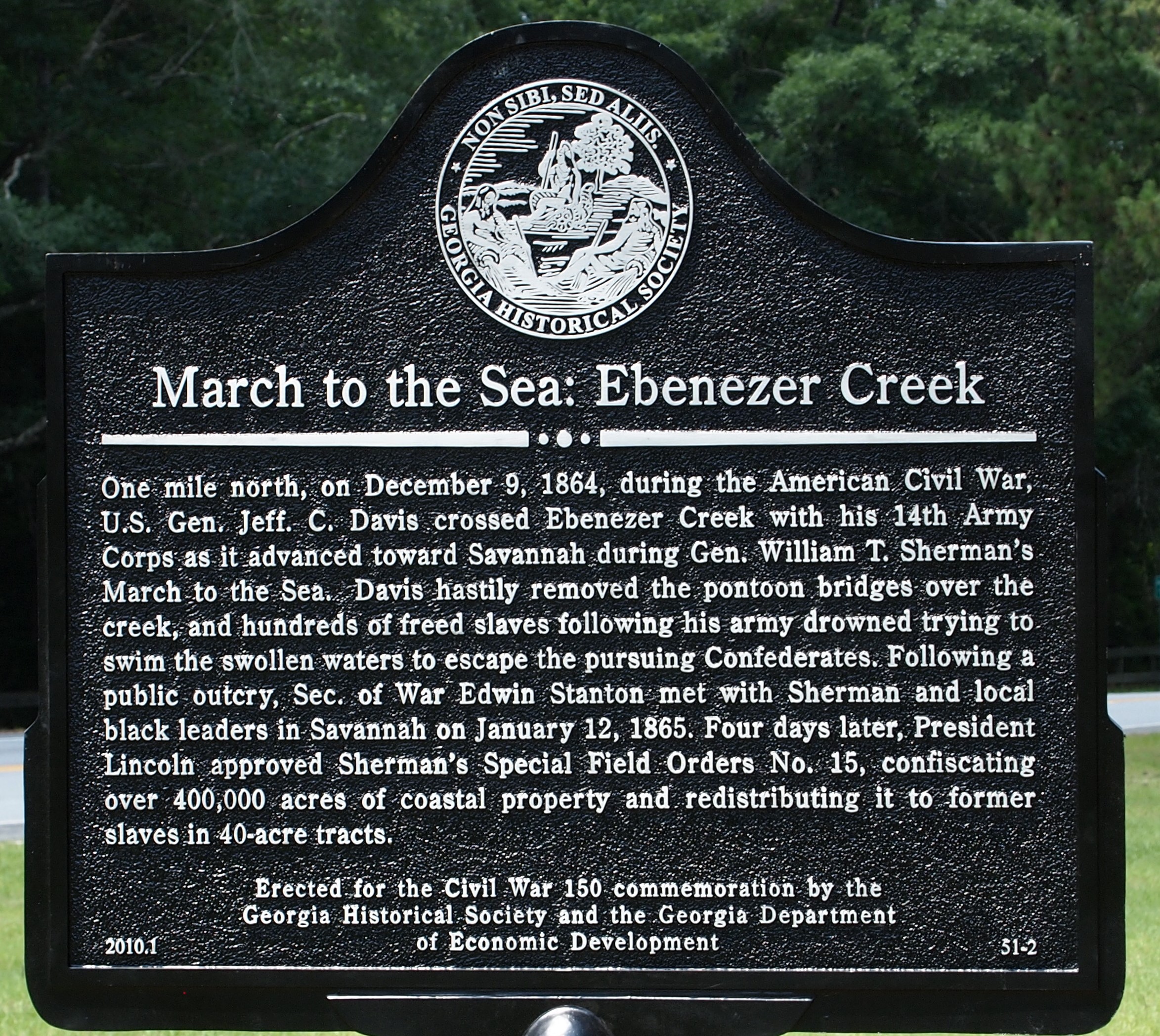
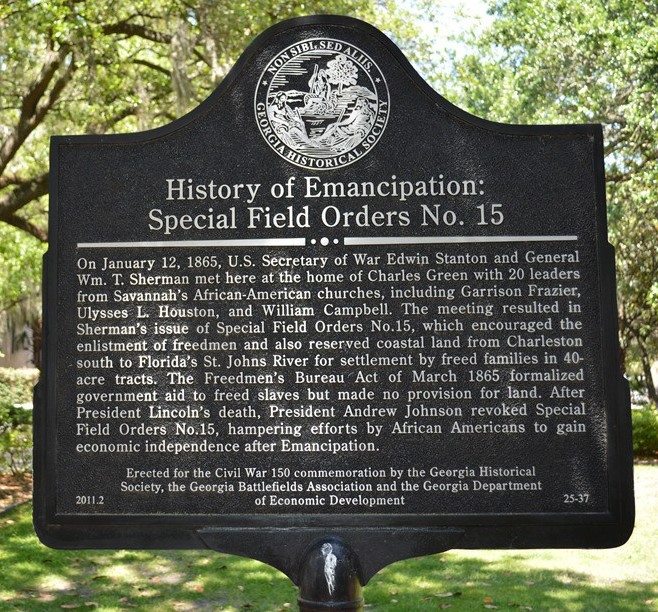
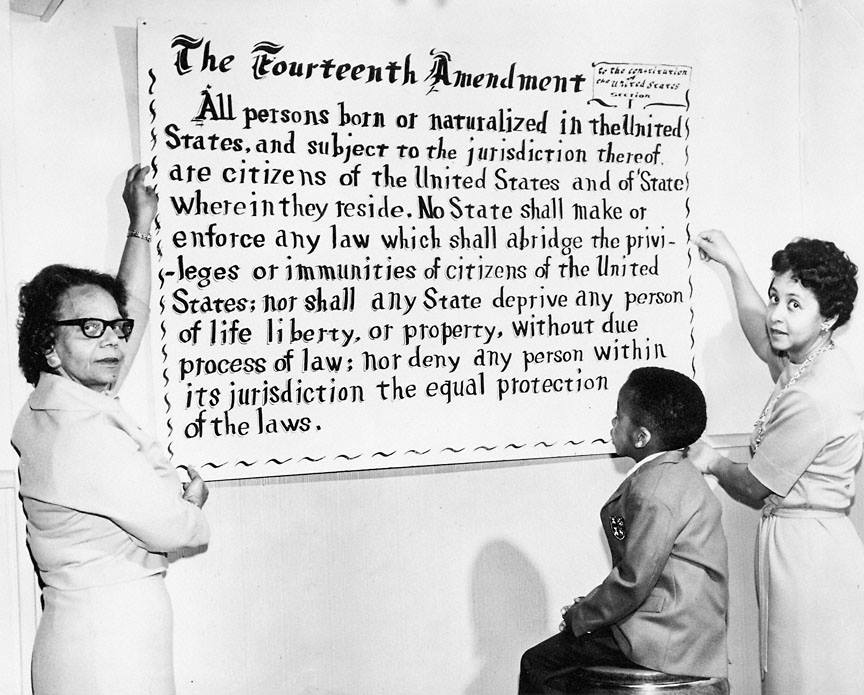
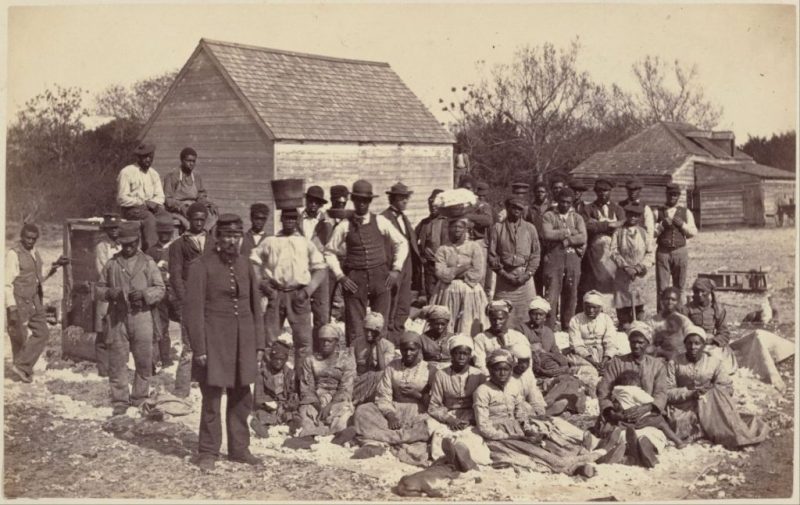





Twitter
Google plus
LinkedIn